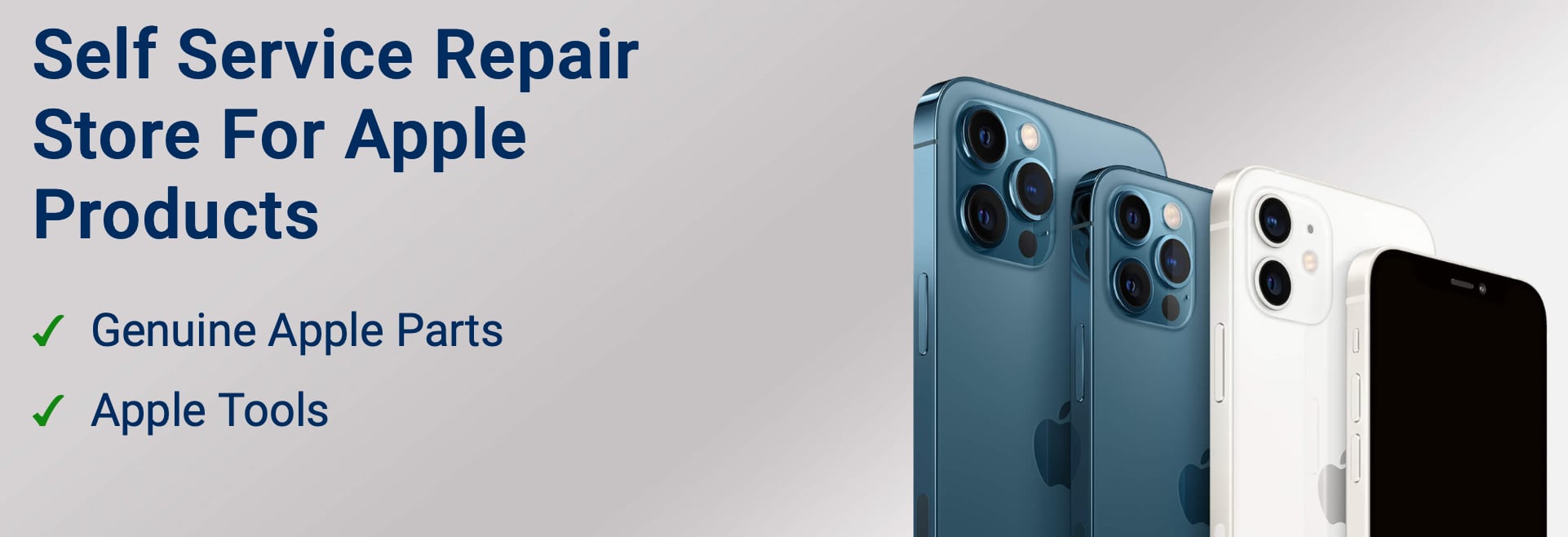
Apple in April 2022 launched a Self Service Repair program for the iPhone, which is designed to allow Apple device owners to do their own repairs in their homes using Apple parts, repair manuals, and tools.

In this guide, we walk through everything you need to know about the Self Repair program, including whether it's worth it to use over alternative repair options.
Devices That Can Be Self Repaired
At the current time, the Self Service Repair program covers several recent iPhone generations, including the iPhone 12 models, iPhone 13 models, and the 2022 iPhone SE. A full list of covered iPhone models is below:
- iPhone 13
- iPhone 13 mini
- iPhone 13 Pro
- iPhone 13 Pro Max
- iPhone 12
- iPhone 12 mini
- iPhone 12 Pro
- iPhone 12 Pro Max
- iPhone SE (2022)
Initiating a Repair
The first step in initiating a repair is to check out the repair manual for the device that you want to repair in order to get an idea of what it entails. You'll need to skim through it to get the repair manual code that's inside, which is the next step of the repair process.

After reviewing the manual, you can visit the Self Service Repair Store to input the device that you want to repair and the component that needs repairing. Apple will show you the repair parts and tools that you need for the repair, along with pricing information.
You can add the components that you need to the cart on the website and check out to get them shipped directly to you. Note that almost all of the repairs require specialized tools that you can purchase individually or rent from Apple in a toolkit for $49.
Note that the repair store is not operated by Apple and is instead run by a third-party provider, SPOT.
Accessing Repair Manuals
To get to a repair manual, you just need to visit Apple's Self Service Repair website. From there, click on the "Apple Repair Manuals" link under "Support." You can also click below to get directly to the manual that you're looking for. Note that all of the links are PDFs on Apple's site.
- iPhone 12
- iPhone 12 mini
- iPhone 12 Pro
- iPhone 12 Pro Max
- iPhone 13
- iPhone 13 mini
- iPhone 13 Pro
- iPhone 13 Pro Max
- iPhone SE 3rd-Generation
- MacBook Air (M1, 2020)
- MacBook Pro (13-inch, 2020)
- MacBook Pro (14-inch, 2021)
- MacBook Pro (16-inch, 2021)
- iMac (24-inch, M1, 2021, Two ports)
- iMac (24-inch, M1, 2021, Four ports)
- Mac mini (M1, 2020)
- Mac Studio (2022)
- Studio Display
Each repair manual explains how the repair process works and it walks through the parts that are available for purchase. Repair manuals include details on how to set up for a repair, the steps required, and what to do if something goes wrong.
Components That Can Be Repaired
Apple's manuals, tools, and components are available for the following repairs for each iPhone:
- Battery
- Bottom speaker and rubber gasket
- Camera and cowling
- Display and adhesive
- Security screws
- SIM tray
- Taptic Engine
- Upper and lower cowlings
Supported Mac models include several dozen parts that can be replaced, including casings, fans, speakers, circuit boards, display, sensors, trackpad, and more.
Tool Kit Rentals
Almost all of the repairs require specialized tools designed by Apple, and they can be obtained through renting one of Apple's repair kits. Repair kits are $49 to rent, but you have to put down a ~$1,200 deposit to ensure you return the repair kit... Click here to read rest of article
Article Link: Apple's iPhone Self Service Repair Program: Everything to Know
- Article Link
- https://www.macrumors.com/guide/self-service-repair/
Last edited:

